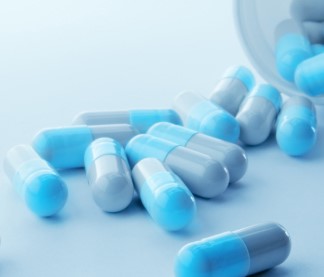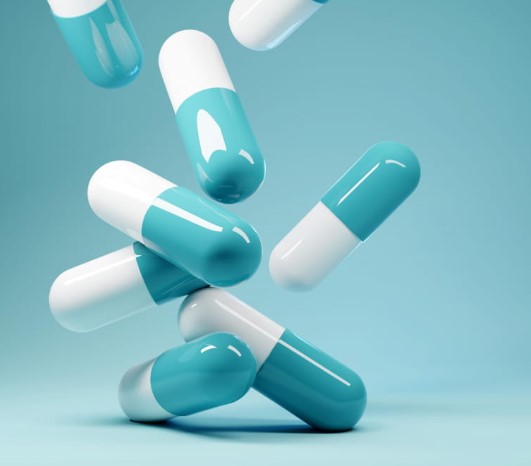Getacillin

Photo is illustrative in nature. From open sources.
Getacillin is an antibiotic that is used to treat infections of the urinary tract, respiratory tract, skin, and soft tissues. Its active ingredient is amoxicillin, which belongs to the penicillin group.
Amoxicillin kills bacteria by preventing them from growing and multiplying. It does this by blocking the synthesis of the bacterial cell wall, which leads to their death.
Getacillin is usually taken by mouth after meals. The dosage and duration of treatment depend on the type of infection and the severity of its manifestations. It is usually recommended to take the drug twice a day for 7-14 days.
Taking getacillin may be accompanied by some side effects, such as nausea, vomiting, diarrhea, jaundice, allergic reactions, etc. If these symptoms appear, you should consult a doctor.
Getacillin is an effective antibiotic for treating infections. However, before taking it, you should always consult with your doctor and do not exceed the recommended dose.
In addition, you should not use getacillin without a doctor's prescription and the need. This can lead to the development of bacterial resistance to antibiotics and make future infections more difficult to treat.
Overall, getacillin is an effective and safe antibiotic when used correctly. However, it should only be taken as prescribed by a doctor and under his supervision.
Read together with it:
- DihydrostreptomycinDihydrostreptomycin is an aminoglycoside antibiotic used to treat infections caused by bacteria. It was first isolated from Streptomyces griseus in 1943 and became one of the first antibiotics used in medicine. Dihydrostreptomycin has a wide spectrum of activity and is effective against many types o...
- DihydrostreptomycinDihydrostreptomycin (DHS) is an antibiotic that was discovered in 1943 and is one of the most effective drugs for the treatment of tuberculosis and other infections. It is derived from the bacterium Streptomyces griseus, which lives in the soil. DHS is a widely used antibiotic for the treatment of t...
- CephaloniumCephalonium is an antibiotic that belongs to the class of third-generation cephalosporins. It is widely used to treat infections caused by bacteria that are sensitive to this drug. Cephalonium is highly active against Gram-negative bacteria such as E. coli, Klebsiella, Proteus and Pseudomonas. It is...
- CefkinCefkin (hereinafter referred to as Cefkin) is an antibiotic that is used to treat infections caused by bacteria. It belongs to the class of third-generation cephalosporins and is one of the most effective antibiotics used in medicine. Cefkin has a wide spectrum of activity and can be used to treat v...
- CefuroximeCefuroxime is an antibiotic used to treat infections caused by bacteria. It belongs to the class of second-generation cephalosporins and is one of the most effective antibiotics used in medicine. Cefuroxime has a wide spectrum of action and can be used to treat various infections such as urinary tra...
- CefadroxilCefadroxil is an antibiotic that is used to treat infections caused by bacteria. It belongs to the first generation cephalosporin class and is one of the most common antibiotics used in medicine. Cefadroxil has a wide spectrum of action and can be used to treat various infections such as urinary tra...
- CefotaximeCefotaxime is an antibiotic used to treat infections caused by bacteria. It belongs to the class of third-generation cephalosporins and is one of the most effective antibiotics used in medicine. Cefotaxime has a wide spectrum of activity and can be used to treat various infections such as pneumonia,...
- StreptomycinStreptomycin is an antibiotic that was discovered in 1943. It is one of the first antibiotics to be used to treat bacterial infections. Streptomycin is made from the bacterium Streptomyces griseus, which is found in soil. Streptomycin is a widely used antibiotic that can be effective in treating man...
- PIONEER MEIZHENG BIO-TECH (3 in 1) JC0585 / Rapid tests for the determination of the residual amount of β-lactams, tetracyclines and cephalexin in milk, wheyNew for 2020. Detection limits fully comply with the technical regulation of the Customs Union TR TS 033/2013, SanPiN No. 52 dated 06/21/2013, European Union legislation, at the levels regulated by the Decision of the Eurasian Economic Commission No. 28 dated 02/13/2018. Passed validation in the sta...

